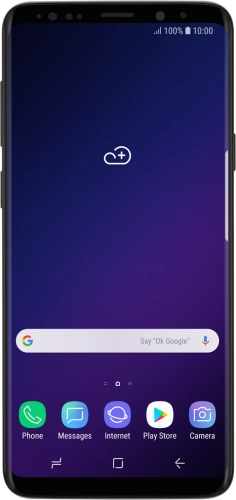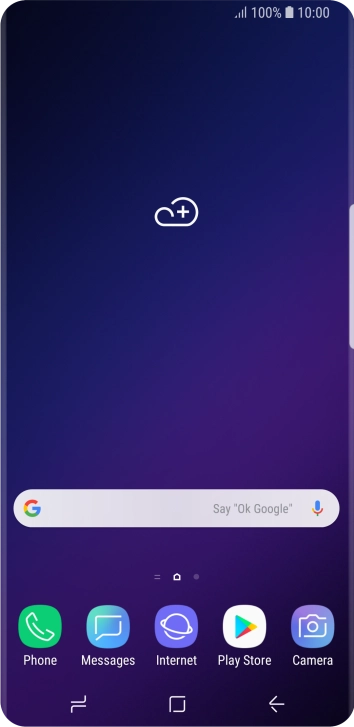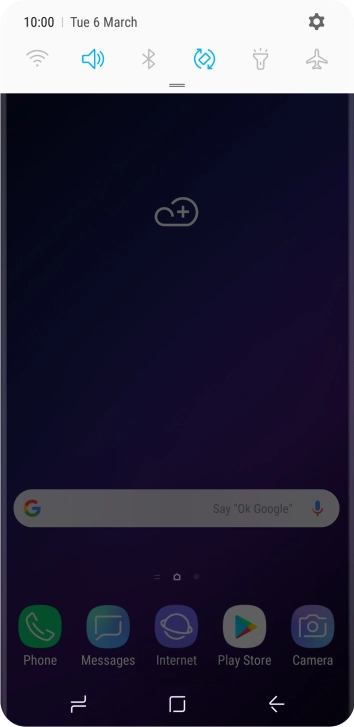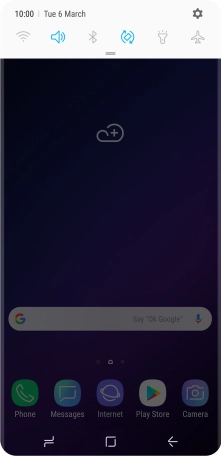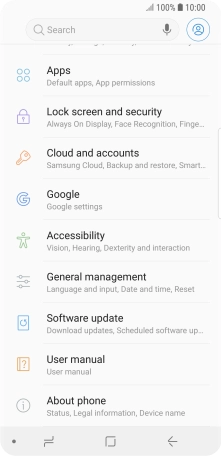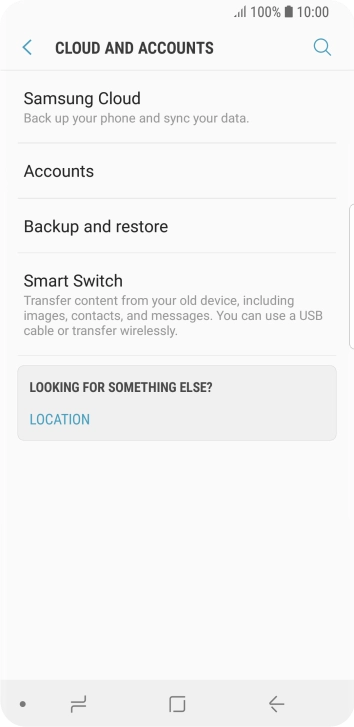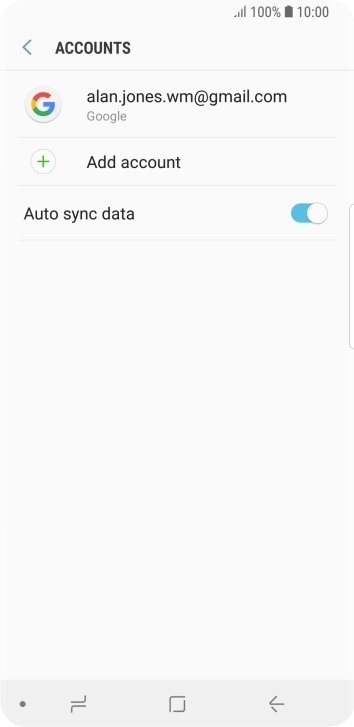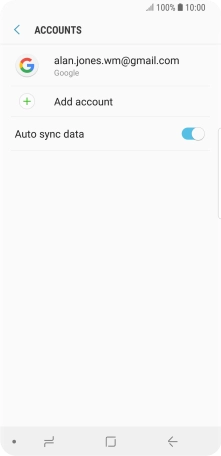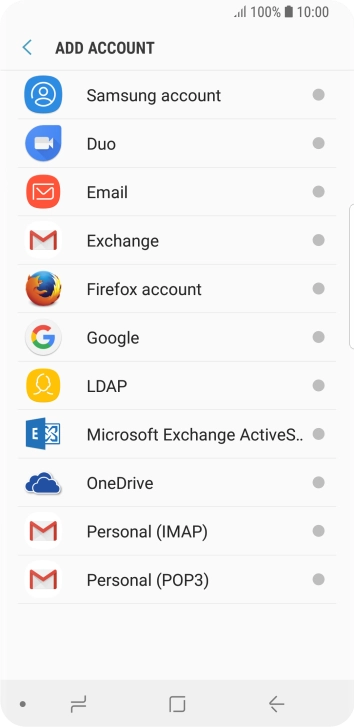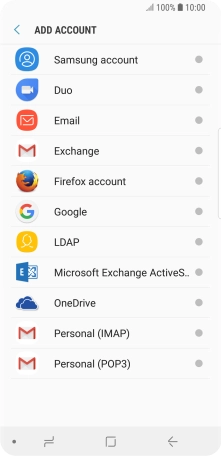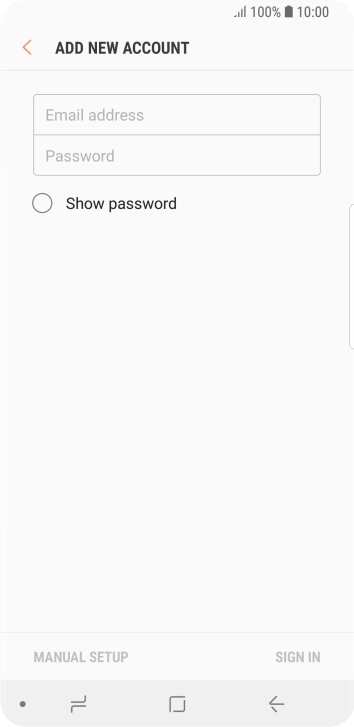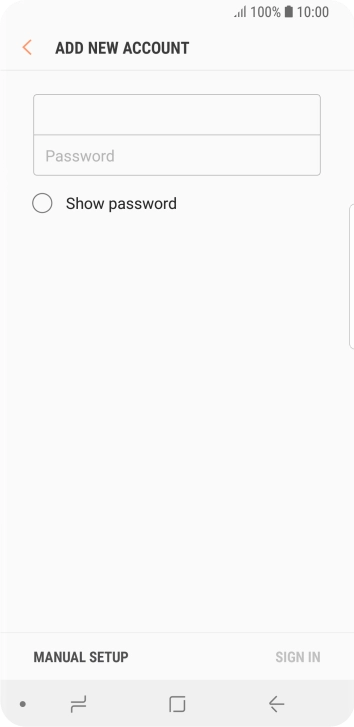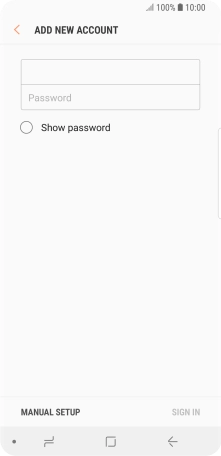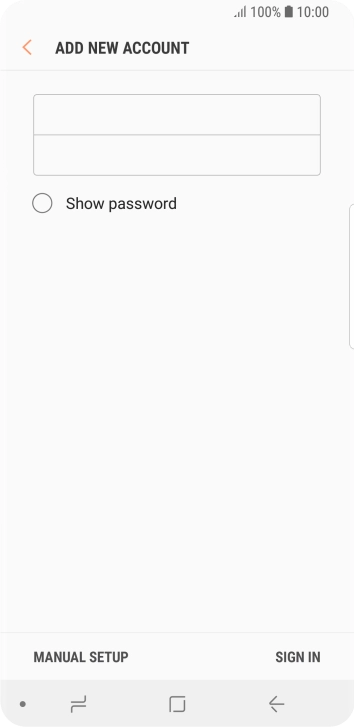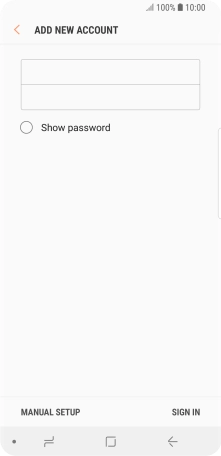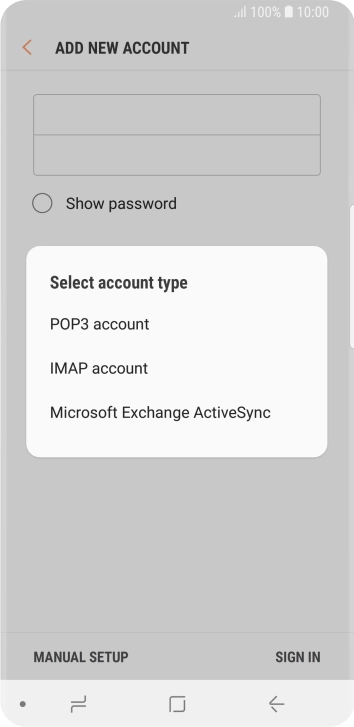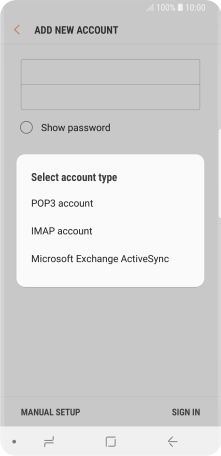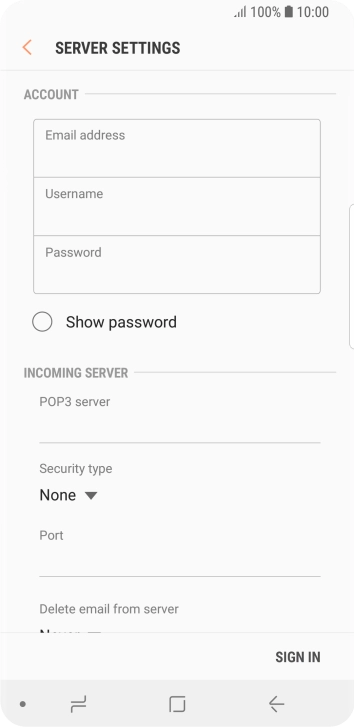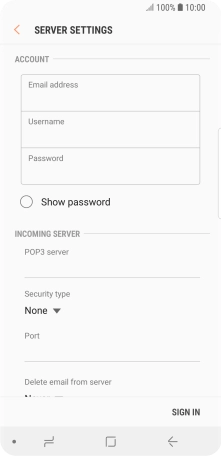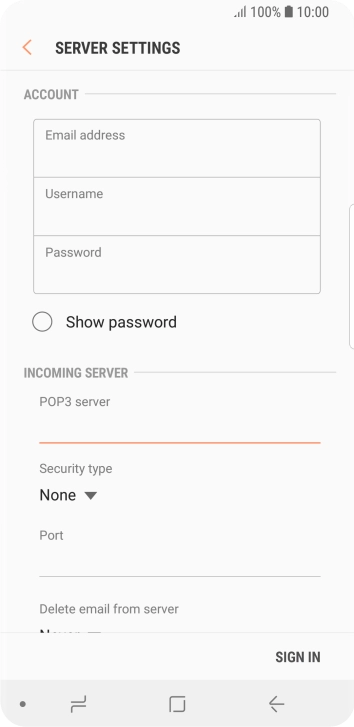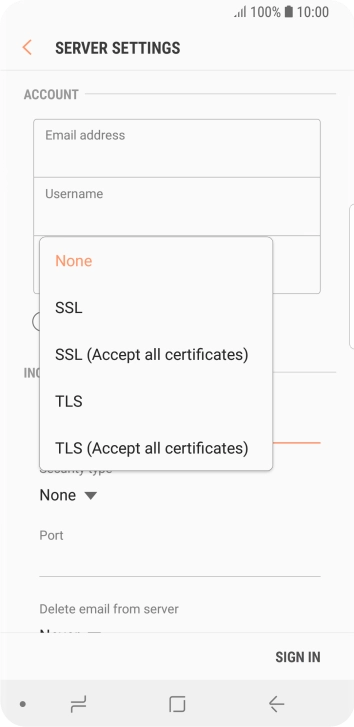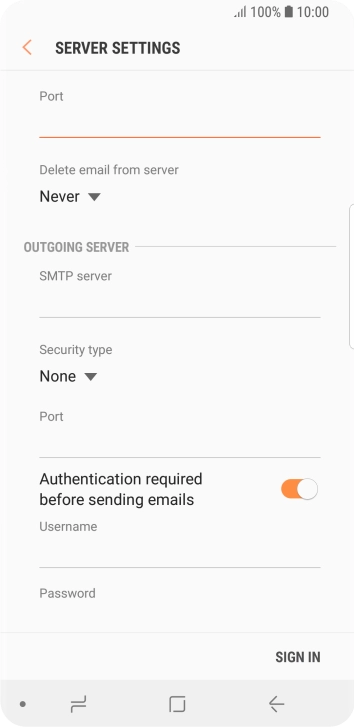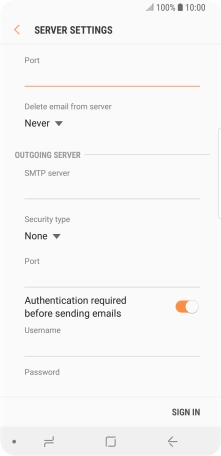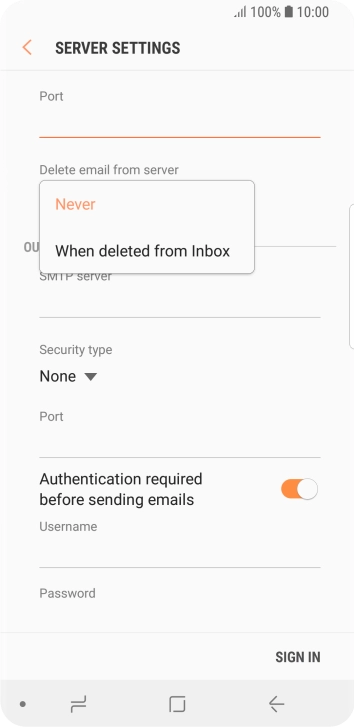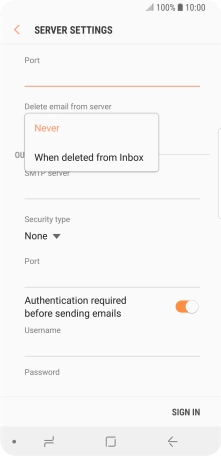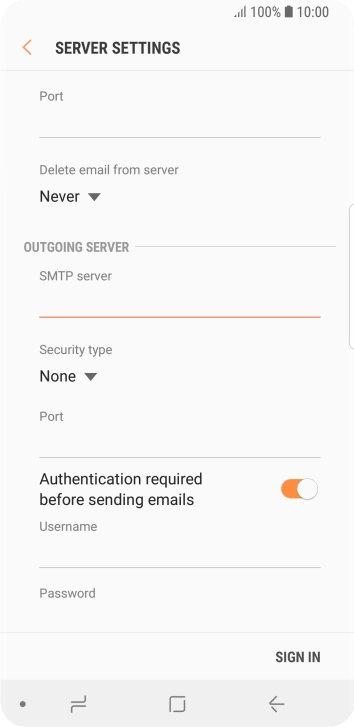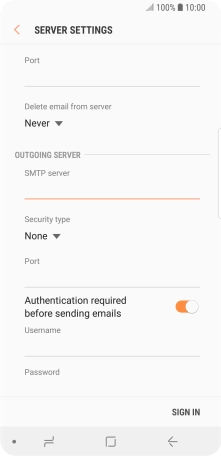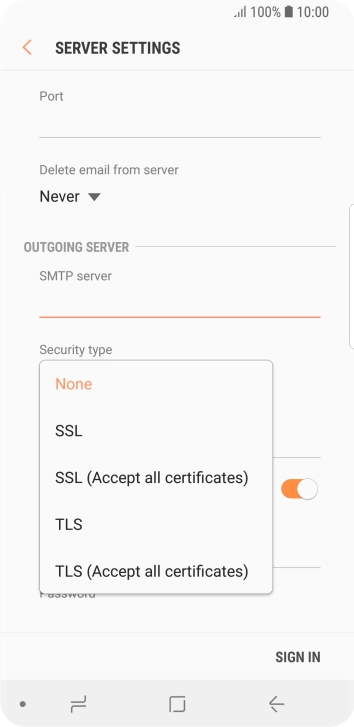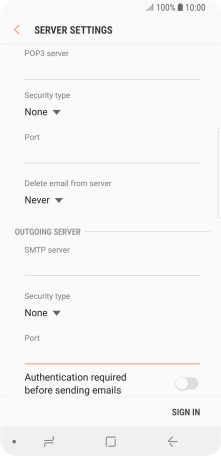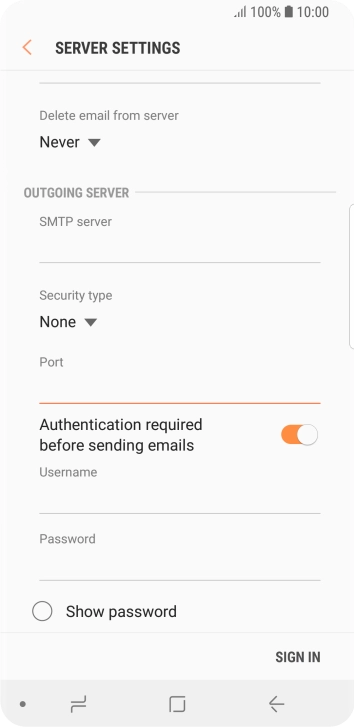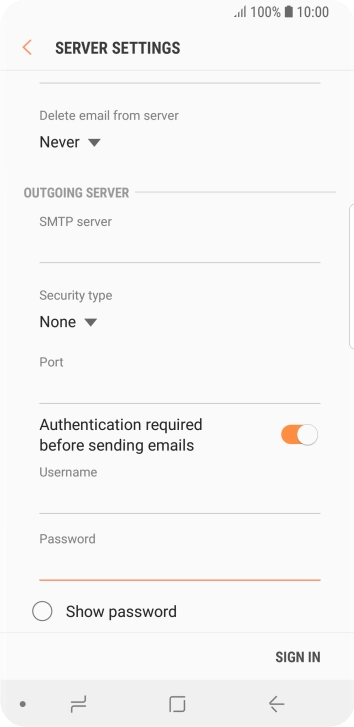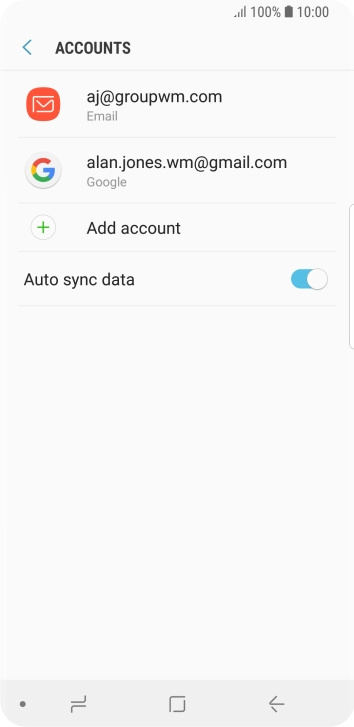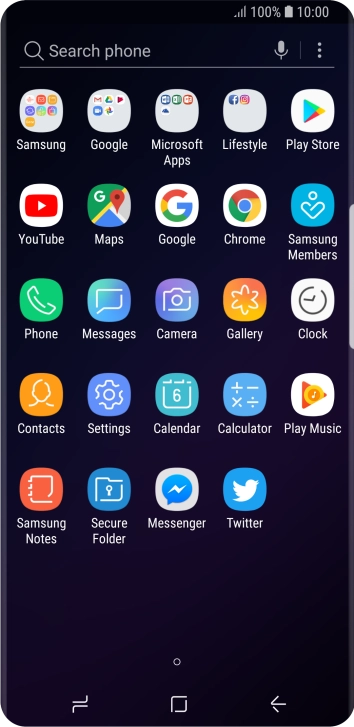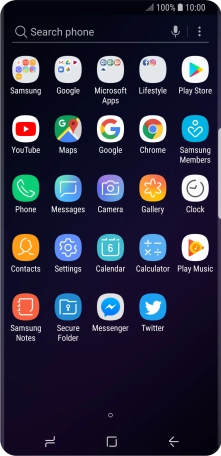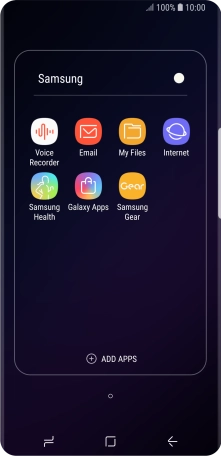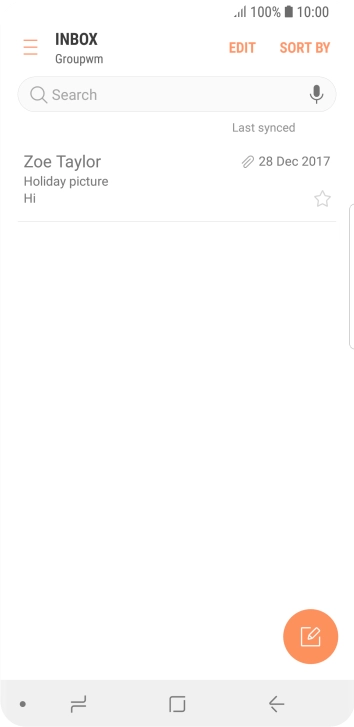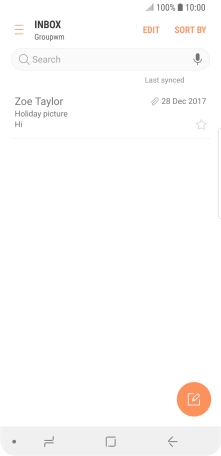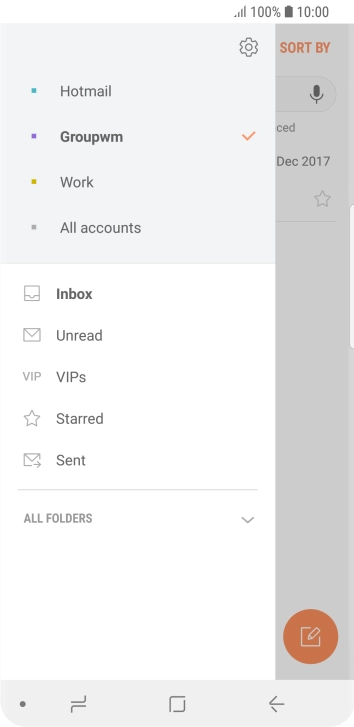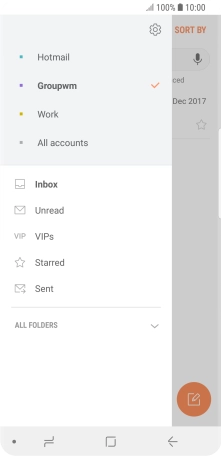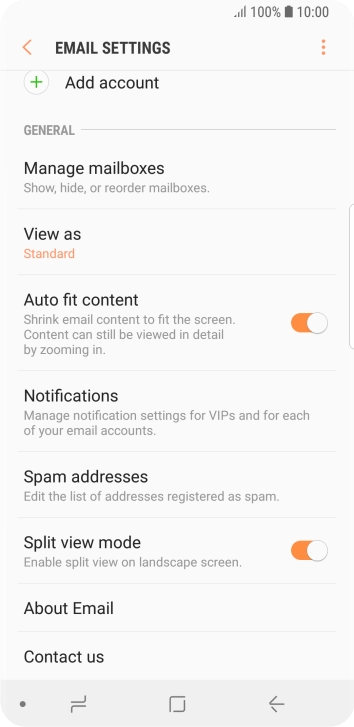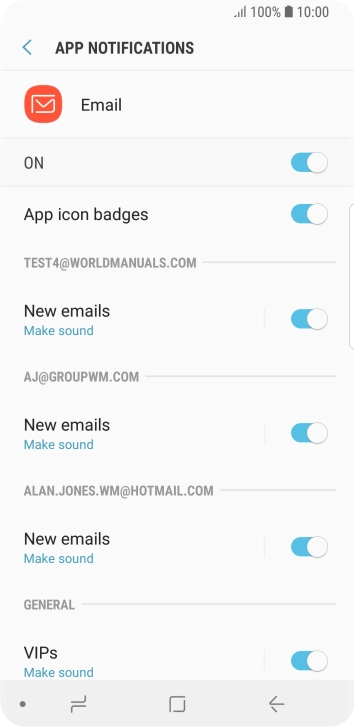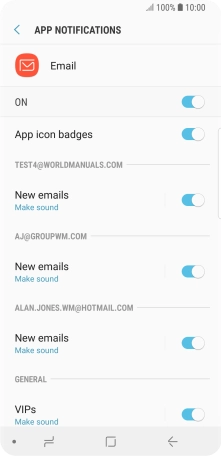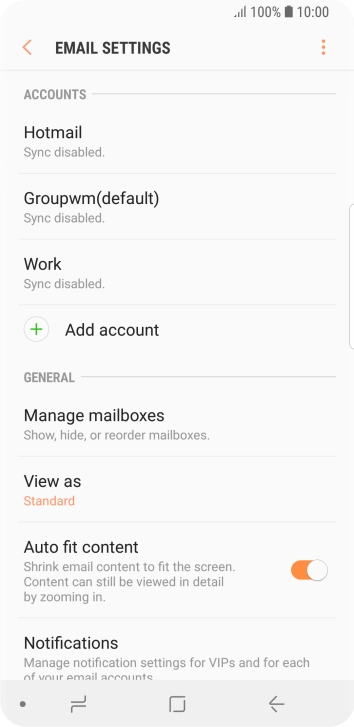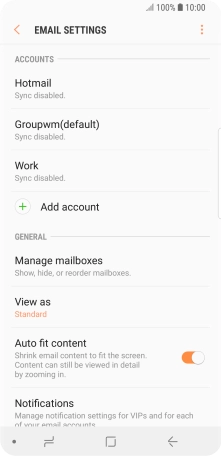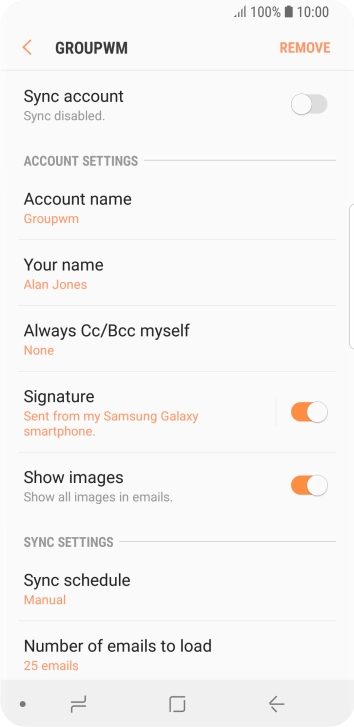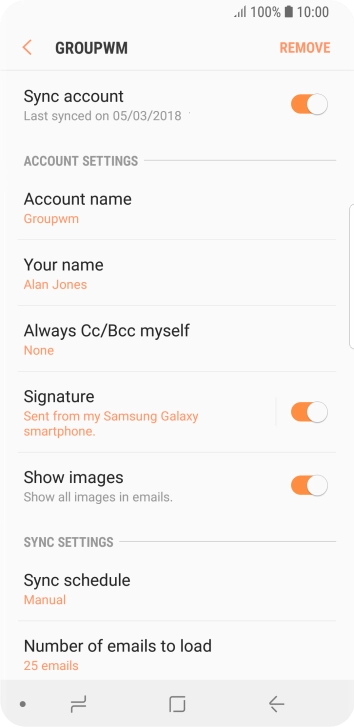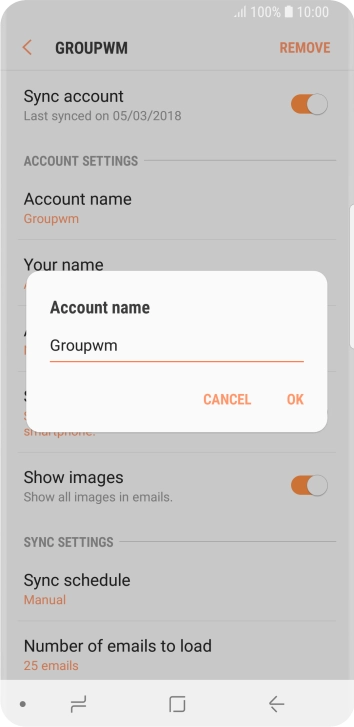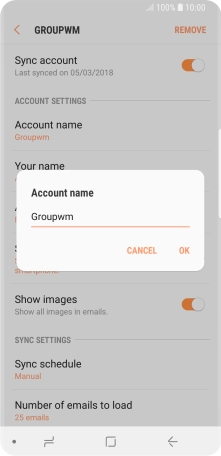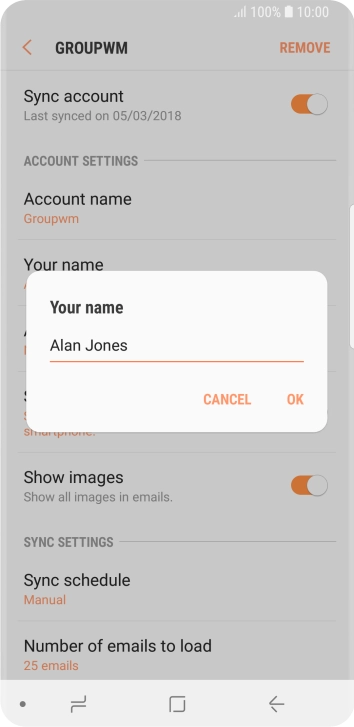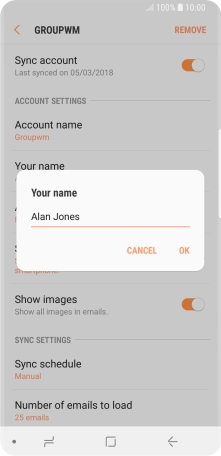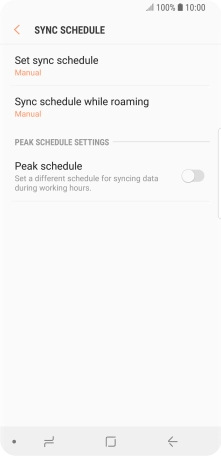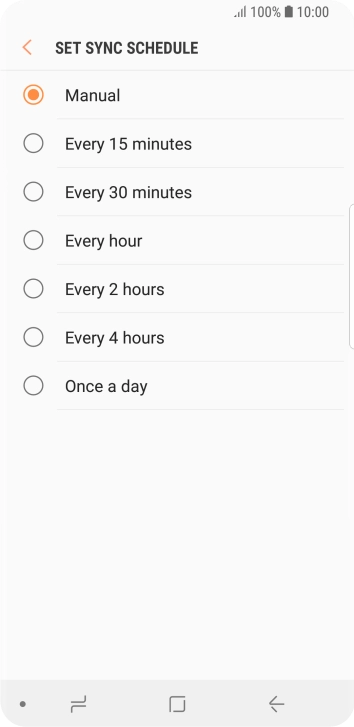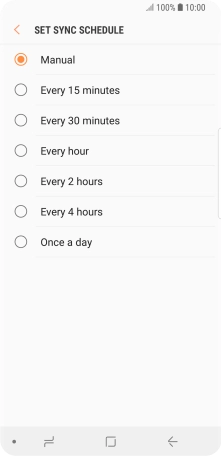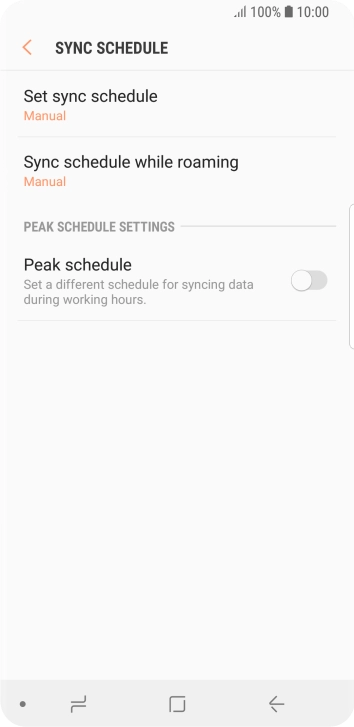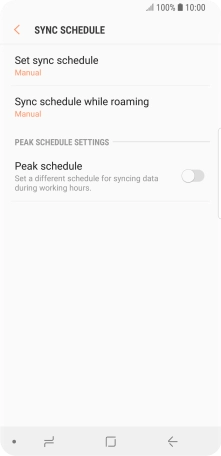Slide your finger downwards starting from the top of the screen.
Press Cloud and accounts.
Press Email address and key in your email address.
Press Password and key in the password for your email account.
If this screen is displayed, you email account has been recognised and set up automatically. Follow the instructions on the screen to key in more information and finish setting up your phone.
Press the field below "Username" and key in the username for your email account.
Press the field below "POP3 server" and key in the name of your email provider's incoming server.
Press the drop down list below "Security type".
Press SSL.
It's recommended that you turn on encryption of incoming email so that all email you receive are encrypted and secured in the best possible way.
Press the field below "Port" and key in 995.
Press the drop down list below "Delete email from server".
Press Never to keep email on the server when you delete them on your phone.
Press When deleted from Inbox to delete email on the server when you delete them on your phone.
Press the field below "SMTP server" and key in the name of your email provider's outgoing server.
Press the drop down list below "Security type".
Press SSL.
It's recommended that you turn on encryption of outgoing email so that all email you send are encrypted and secured in the best possible way.
Press the field below "Port" and key in 587.
If you're having problems sending email, try keying in 465 instead or ask your email provider for the correct outgoing port.
Press the indicator next to "Authentication required before sending emails" to turn on the function.
Press the field below "Username" and key in the username of your email provider's outgoing server.
Press the field below "Password" and key in the password for your email provider's outgoing server.
Press the Home key to return to the home screen.
Slide your finger upwards on the screen.
Slide your finger right starting from the left side of the screen.
Press the indicator below the required email account to turn the function on or off.
Press the required account.
Press the indicator next to "Sync account" to turn on the function.
Key in the required name and press OK.
Key in the required sender name and press OK.
Press the required setting.
Press the Home key to return to the home screen.
